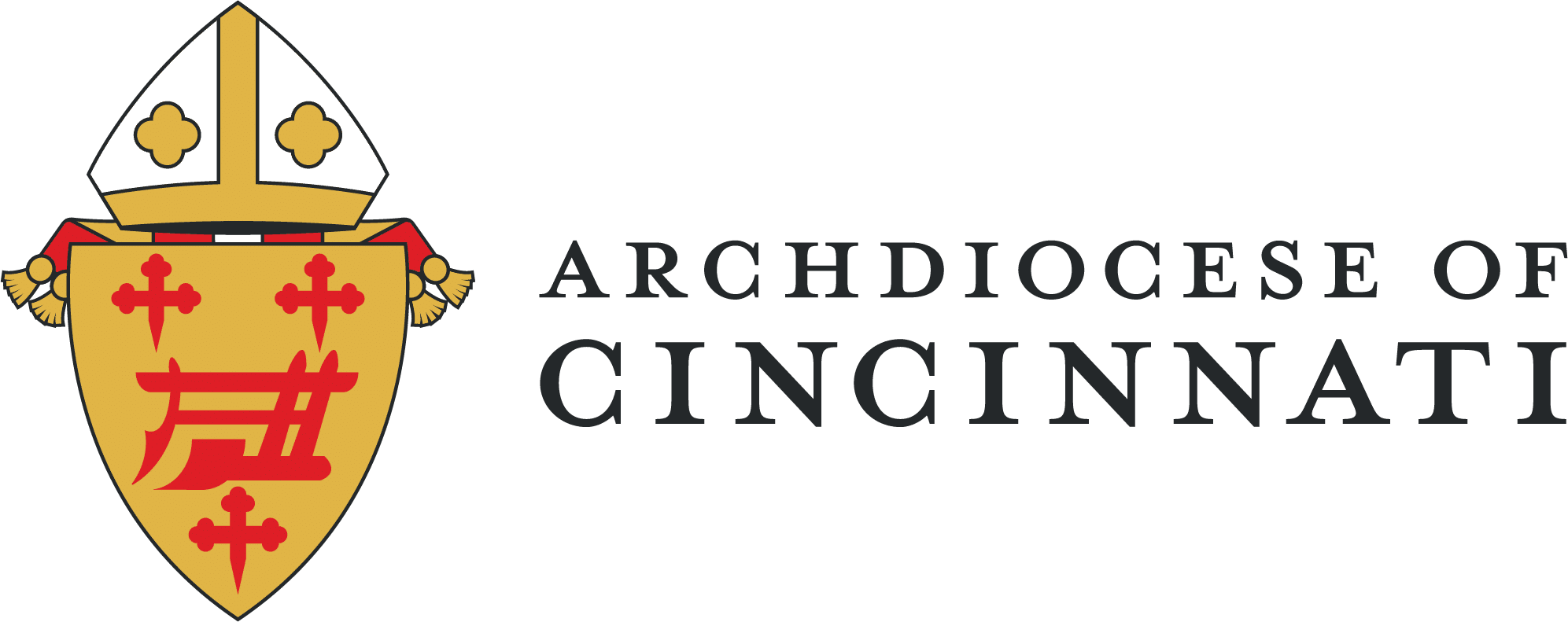This article is the second in a series covering each of the six foundational principles of Beacons of Light, the pastoral planning process of the Archdiocese of Cincinnati.
“Let us be witnesses. Let us radiate Christ.” With these words, Archbishop Schnurr challenged the Archdiocese of Cincinnati’s Catholic faithful to embrace the call to make Christ present in the world.
In his apostolic exhortation The Joy of the Gospel, Pope Francis proposes a vision of the local parish as a “center of constant missionary outreach.” The Beacons of Light pastoral planning process gives each parish an opportunity to embrace this vision.
What does it mean for a parish to be a center for missionary outreach?
The Merriam-Webster Dictionary defines “center” with multiple meanings. One is “a facility providing a place for a particular activity or service.” We might visualize a healthy parish this way, imagining a church campus bustling with activity every day of the week; a one stop location for all spiritual and communal needs. However, an evangelizing parish is much more than that.
This alternative definition is a better consideration: “A source from which something originates.” Viewed through this lens, the Church, primarily in the celebration of the Holy Eucharist, is the origin of missionary activity that radiates outward to all the world. Pope Benedict XVI uses nuclear fission to illustrate the connection between the Eucharist and mission, in that each time we receive the Body and Blood of our Lord, He sets off a transformation in us that cannot be contained, but radiates outward. It transforms the world around us as we become more empowered to be witnesses for the Gospel and heroically love our neighbors.
To truly radiate Christ to the world, Families of Parishes must first have missionary initiative toward each person in their parish boundaries. In his Joy of the Gospel, Pope Francis expresses great hope in the parish institution because of its potential to be flexible, adaptive and creative with evangelizing efforts. It must choose “a ‘missionary option,’ that is, a missionary impulse capable of transforming everything, so that the Church’s customs, ways of doing things, times and schedules, language and structures can be suitably channeled for the evangelization of today’s world rather than for her self-preservation” (Joy of the Gospel, 27).
Beacons of Light affords precisely this opportunity for each Family of Parishes to “transform everything” by striving for these six goals:
- Missionary Discipleship: The Family of Parishes will implement a simple and clear evangelization process that ultimately equips and commissions missionary disciples, in every stage of their lives, for personal apostolates and vocations.
- Grounded in Discernment: The pastor, staff and lay leaders prioritize prayer, formation and discernment, both for themselves and the faithful, so that they allow the Holy Spirit to inspire and guide their evangelization efforts.
- Family Partnership: Because the family is the primary place of evangelization for young people and parents are the primary educators of their children, families are well-supported by the parish.
- Prioritize Adult Formation: Priority for forming the faithful in evangelization and catechesis is directed toward adults, who can share that knowledge with others and use it in forming their children’s faith at home.
- Effective Schools: As an essential parish ministry, the parish school fulfills its purpose to be an “effective vehicle of total Christian formation” for young people and their parents.
- A Culture of Vocation: Families of Parishes will prepare individuals to discern and embrace their vocations by helping them recognize and respond to God’s unique call for their lives.
By embracing these six goals, Families of Parishes will become vibrant centers for missionary outreach and true beacons of light.

